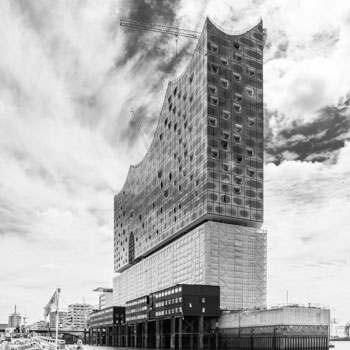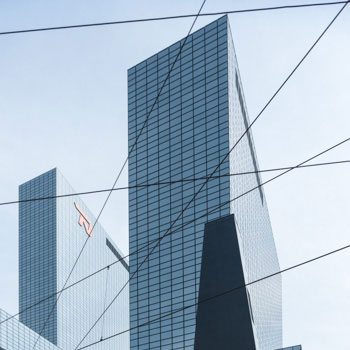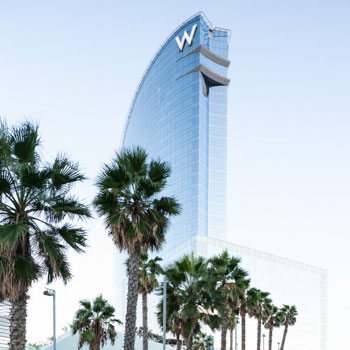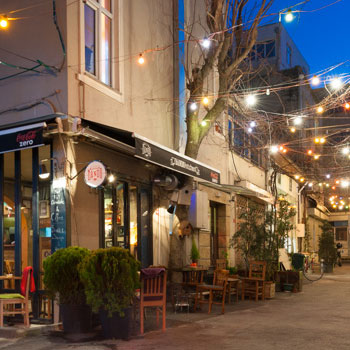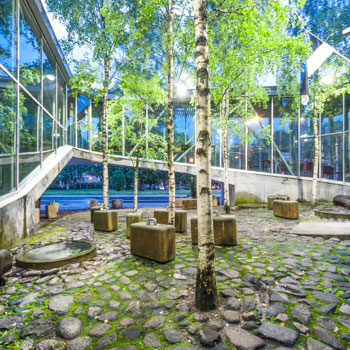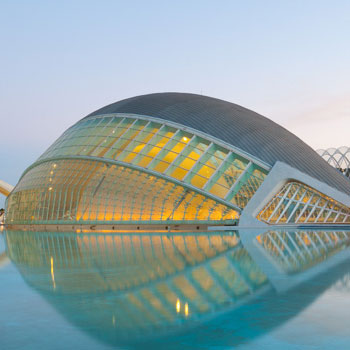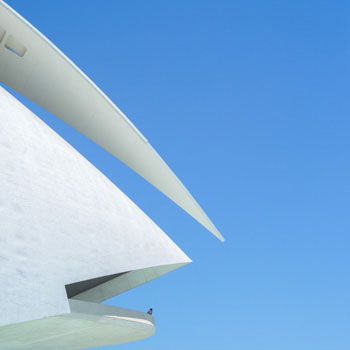Portspectives
Question: How have European port cities developed over the past centuries and how does the architecture reflect the city's past?
The oldest port traces discovered to date are 4500 years old in the Wadi al-Jarf area of Egypt. The city of Byblos, which has been continuously inhabited for more than 7000 years, shipped wine and timber from Phoenicia and traded Egyptian papyrus throughout the Mediterranean from the third century BC. And let's not forget Venice, an important city throughout the Middle Ages, which controlled a vast maritime empire and prospered from the slave trade and the transport of pilgrims to the Holy Land.
The value of ports in the development of civilisations is immense. As engines of trade and cultural exchange, they are indicators of economic and social relevance. Because of their strategic importance, they have often been the target of hostile nations seeking to bring the country to which they belong to its knees. This has led to many phases of reconstruction, redefining urban identities, often with contradictory intentions: to celebrate a rebirth from the ashes without forgetting the city’s history.
But ports are also gigantic hubs: hubs for shipping, using ships that have evolved over time, forcing ports to adapt over centuries, changing their landscape and creating new boundaries between land and sea. Hubs for cultures, a gateway for people to mix, exchange and collaborate, leading to universities, libraries, centres of knowledge where people came to confront their ideas.
Dramatic titanic cranes feed the hungry bellies of metal beasts day and night, while no trace of human life seems to be possible in these concrete wastelands. Elegant tiles frame the pier, next to an imposing wooden sailing ship, its mast rising into the light blue sky. The restaurants are full of laughter. The face and function of the ports can't be generalised, but only revealed by looking closely, by reading the stories written in these urban identities.
Ports are indicators of the need for constant social reinvention. In this tension, I wanted to search for the beauty and uniqueness of these special places: Dusseldorf, Hamburg, Rotterdam, Amsterdam, Oslo, Stockholm, Barcelona, Istanbul, Helsinki, Le Havre, Tallinn, Antwerp, Copenhagen, Porto, Valencia and Liverpool.
A port has always two faces: an environmental monster with a destructive, negative impact on the oceans on the one hand, and a supporter of marine life research on the other. It’s a death sentence, when ships are not allowed to dock and are forced to drift at sea for weeks. It’s a relief that guarantees safe arrival after weeks or months of travel. It’s the departure into an uncertain future and the successful return after a long journey. Ports are crossroads of life and death.
Portspectives is a series of photographs that searches for both the beauty and the beast, the unknown detail and the overlooked truth.



